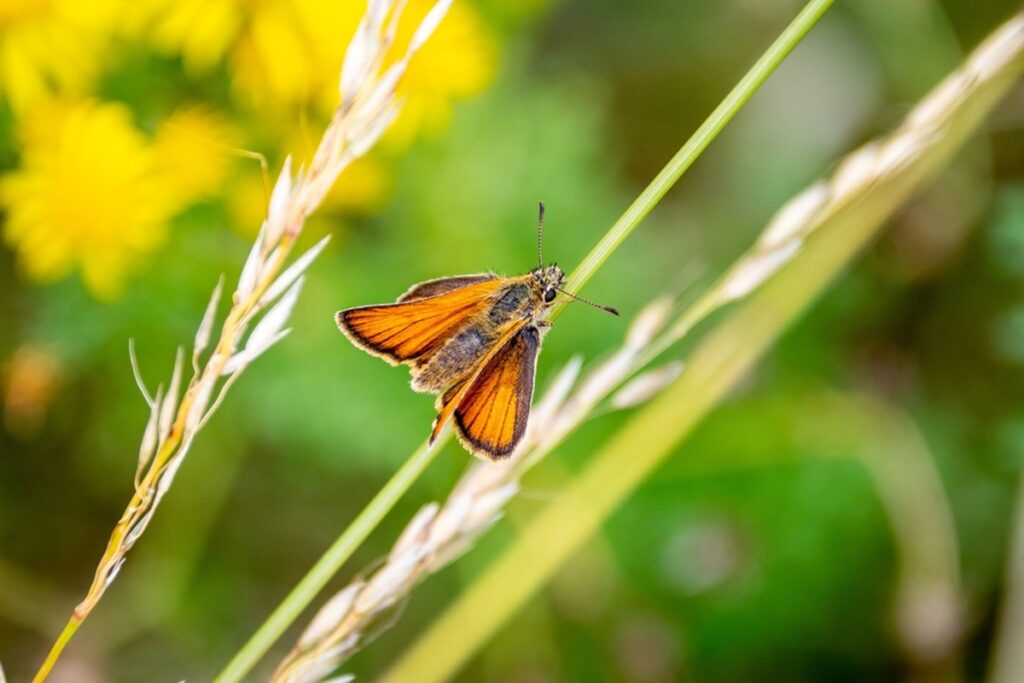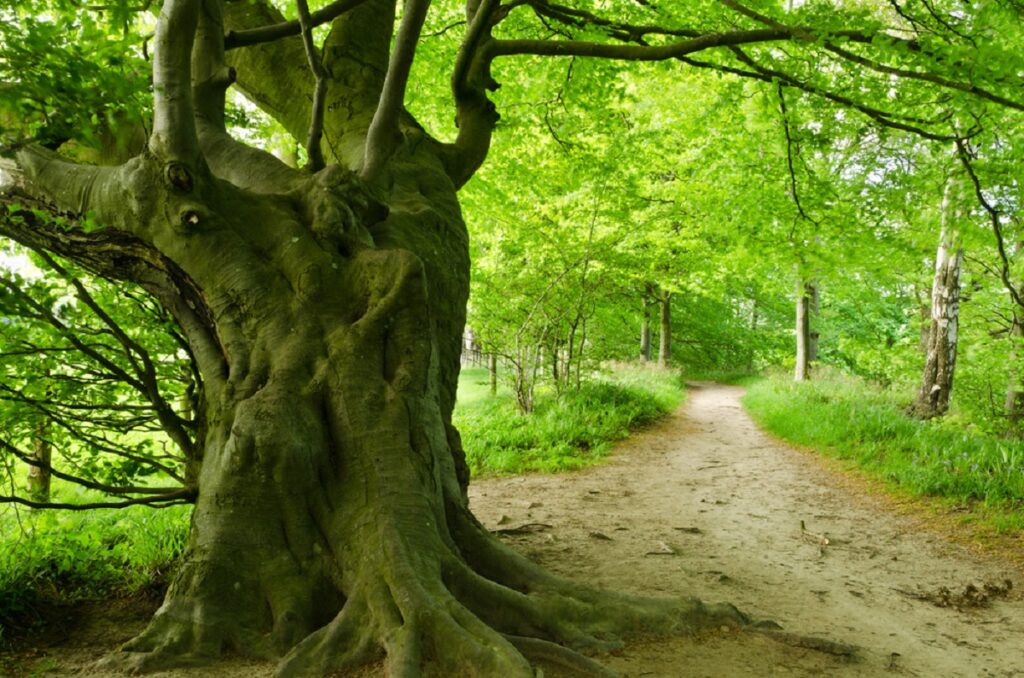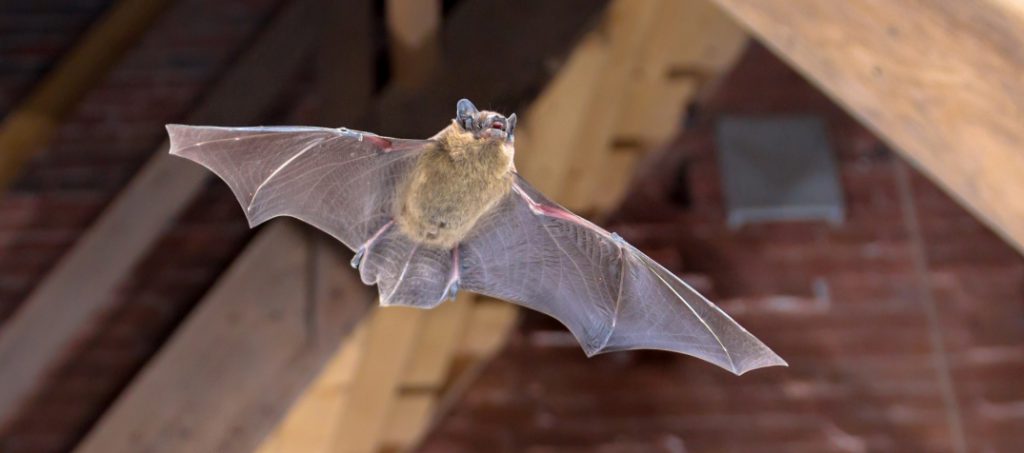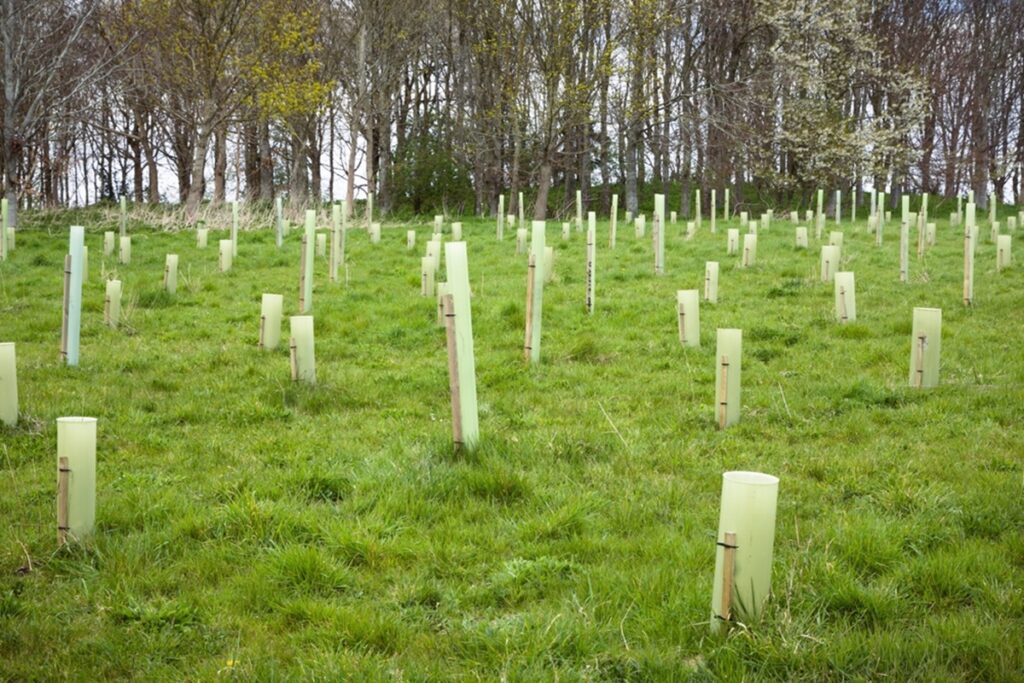Biodiversity Net Gain in West Sussex: Expert BNG Reports & Assessments
Since the introduction of the Environment Act 2021, biodiversity net gain (BNG) has become a legal requirement for most planning applications in England. Following a two year transition period, BNG became mandatory in February 2024, and means that new developments must deliver at least a ten per cent improvement in biodiversity to leave the site in a measurably better state, as assessed through the government’s statutory Biodiversity Metric.
Developers are required to establish the site’s baseline ecological value, predict post-development biodiversity outcomes, and demonstrate how the uplift will be achieved. Where the ten per cent net gain cannot be met fully on-site, biodiversity units must be secured through approved off-site providers in West Sussex or, as a last resort option, by purchasing statutory biodiversity credits.
Biodiversity net gain bng is enforced by local planning authorities, Natural England guidance and the Town and Country Planning Act 1990.

Ecological Priorities and Special Sites in West Sussex
This area of the south east is home to a diverse range of landscapes and habitats, from the chalk grasslands of the South Downs National Park to coastal wetlands, ancient woodlands, heathlands and river valleys.
The county supports many designated sites of ecological significance, including Chichester Harbour Area of Outstanding Natural Beauty (AONB), Pagham Harbour Nature Reserve, the Arun Valley Special Protection Area (SPA) and Special Area of Conservation (SAC), and Kingley Vale National Nature Reserve.
These habitats provide important breeding and feeding grounds for a variety of protected species, including bats, dormice, great crested newts, water voles and internationally significant populations of overwintering birds.
The county’s Local Nature Recovery Strategy prioritises the restoration of chalk grassland, lowland heath, coastal wetlands and ancient woodland networks. Biodiversity net gain bng reports in the county are therefore expected to align with these priorities, contributing to wider landscape-scale conservation, enhancing biodiversity value and habitat connectivity between designated sites.
As well as aiming to leave the environment in a measurably better state, BNG also contributes to climate change targets and can improve water and air quality.

Preparing a Biodiversity Net Gain BNG Report
The preparation of a biodiversity net gain bng report begins with a baseline habitat survey. Ecologists record the types and condition of existing habitats on-site, mapping their ecological value using the Biodiversity Metric. Development proposals are then assessed against this baseline, forecasting how habitats will change once the project is complete.
If the calculations show that the statutory uplift will not be achieved, additional measures are recommended, including the creation of new habitat, enhancement or off-site compensation. Enhancement measures must be undertaken for the 30 years required by BNG legislation.
Because of the county’s ecological diversity, many sites in West Sussex also require protected species surveys alongside the BNG assessment. Bats are frequently associated with woodland and historic buildings, while the county’s ponds and wetlands mean that great crested newts and overwintering birds often need to be considered.
By integrating these assessments into the BNG process, developers can ensure compliance with both mandatory biodiversity net gain requirements and wider wildlife legislation. The completed report can then be submitted with planning applications.
Delivering Biodiversity Net Gain BNG
On-site delivery is always preferred, and this may include restoring chalk grassland, planting and linking hedgerows, creating wildflower meadows, expanding woodland areas or enhancing wetland habitats.
Where on-site delivery is not sufficient, off-site biodiversity units may be secured through landowners and habitat banks within the county, helping to maintain local ecological resilience. Off-site bng units must be legally secured for the required term of 30 years, a process which usually requires a conservation covenant.
Statutory biodiversity credits are only available as a last resort when no other options for increasing biodiversity value are feasible.

Protected Species and Planning Considerations
This area’s wide variety of habitats means that biodiversity net gain is closely linked to protected species surveys. Great crested newts, dormice, bats, reptiles and overwintering bird species are among the most common considerations for planning applications.
Identifying these requirements early ensures that developments avoid unnecessary delays to planning applications and that mandatory biodiversity net gain measures are fully aligned with the mitigation hierarchy: this places priority on avoiding impacts to nature before minimisation, restoration and compensation.

What a Biodiversity Net Gain Plan Involves
A biodiversity net gain bng plan clearly sets out how a proposed development will achieve measurable ecological improvements. The plan includes baseline habitat surveys, statutory Biodiversity Metric calculations, detailed habitat creation and enhancement proposals, and a land management and monitoring strategy for the required 30 years.
Local planning authorities in West Sussex also expect BNG plans to reflect county-wide priorities, particularly the conservation and restoration of chalk grasslands, heathland, wetlands and ancient woodland corridors.
Support for Biodiversity Net Gain BNG in the South East
Our team of professional ecologists provides biodiversity net gain bng reports for both large-scale and small sites that meet the requirements of local authorities in west and east Sussex.
We carry out pre development baseline surveys, calculate biodiversity units, design new habitat proposals and prepare long-term management plans.
Where necessary, we also help developers secure off-site biodiversity units and conservation covenants to ensure compliance with planning permission requirements.

Request a Free Quote for a BNG Plan
If you require a biodiversity net gain bng assessment for development projects in the south east, our ecologists can provide a clear, fully compliant report tailored to your development.
From the initial site survey to the preparation of a comprehensive plan, we ensure your project meets the mandatory ten per cent uplift in biodiversity value while supporting local wildlife and ecological priorities.
For a free quote, simply contact us with your site details and project aims. By integrating biodiversity net gain into your development from the outset, you can comply with the requirements of local authorities to secure planning consent, protect valuable habitats, and leave the natural environment in a measurably better condition.